20 Amazing Bodies of Olympic Swimmers
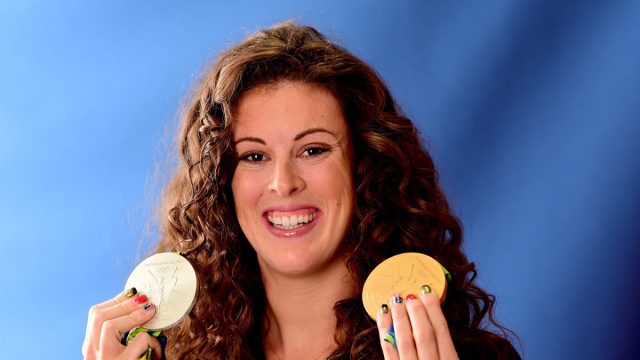
Olympic swimmers have some of the most awe-inspiring physiques in the athletic world—and maintaining that much muscle requires a lot of discipline and hard work. Champions such as Michael Phelps became infamous for the amount of calories it took to fuel their training, but many other swimmers have their own method of being competition-ready. “The workouts are pretty intense and we’re working out the whole time, there’s no standing around, it takes a lot of dedication because it’s hard to keep coming back to do those workouts. Swimming is so much different from other sports in that respect,” says Jason Lezak. From Ryan Lochte to Katie Ledecky, here’s exactly how 20 Olympic swimmers eat, train, and relax.
Michael Phelps

Michael Phelps, 38, no longer eats 10,000 calories a day—but he stays active. “At the gym, my wife and I lift three days a week for about an hour to an hour and a half,” he says. “Then, the other days we typically do some type of cardio. We might do it together, we might not. She’ll do Pilates and yoga, whereas I’ll swim or hop on the elliptical or something.” Phelps also loves spin classes. “I pound it. I went 30 straight days on the bike,” he says. “500 miles in 30 days, 1,100 minutes and 28,000 calories. I was just basically at the point I just was like, I’m just going to grind for a month and see what happens.”
Katie Ledecky
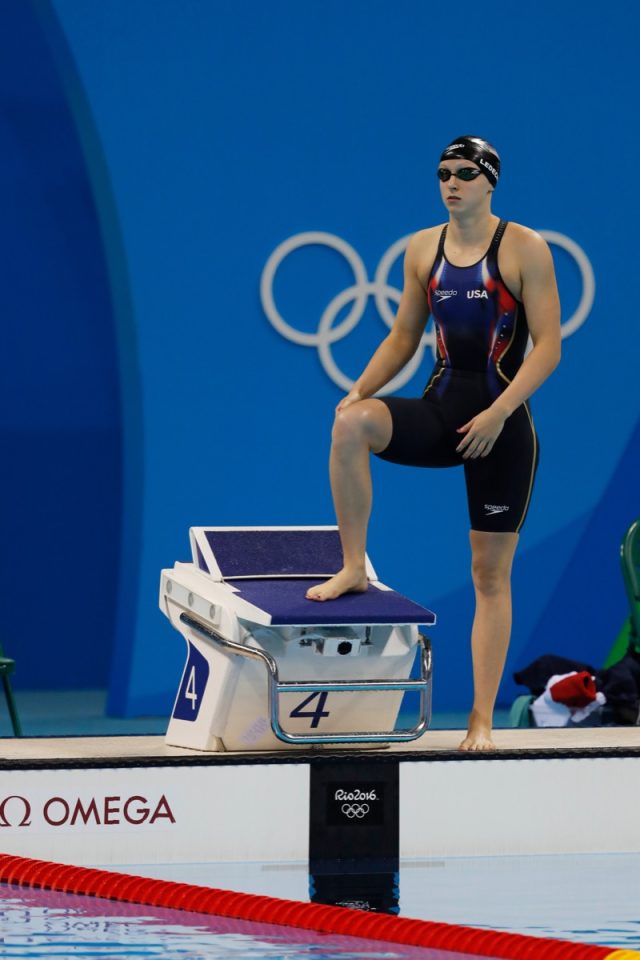
Katie Ledecky, 26, swims 10 times a week—even during the pandemic lockdowns. “It’s quite a bit of training. It doesn’t really change in an Olympic year,” she says. “We have other big meets throughout the four-year, in this case five-year, cycle. This year was a little bit unique in that the first couple months of the pandemic we didn’t have our normal training facility, so I trained in a neighbor’s backyard pool for about three months. But I tried to stick to as close to a training routine as I could and [eventually] was back in my normal training environment and was back to that same routine.”
Caeleb Dressel
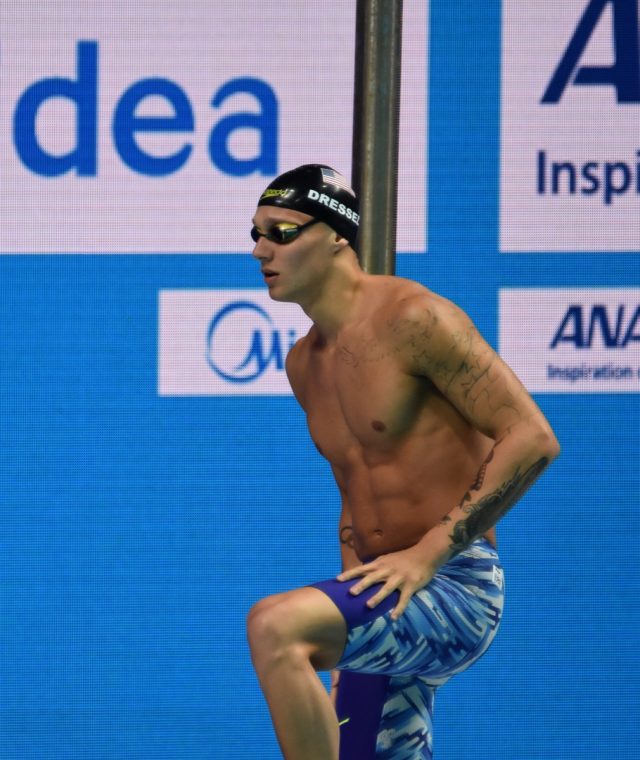
Caeleb Dressel, 26, took advantage of the pandemic to reassess his diet. “It’s not like I was eating like trash earlier, but it’s easier now that I’m not fitting in 10 practices a week,” he said. “When I got out of the water in my old routine, I’m just looking for any food in sight to just stuff in my body – just very, very hungry. So right now, it’s a lot easier to kind of go through and pick out the right meals ahead of time.”
Chase Kalisz
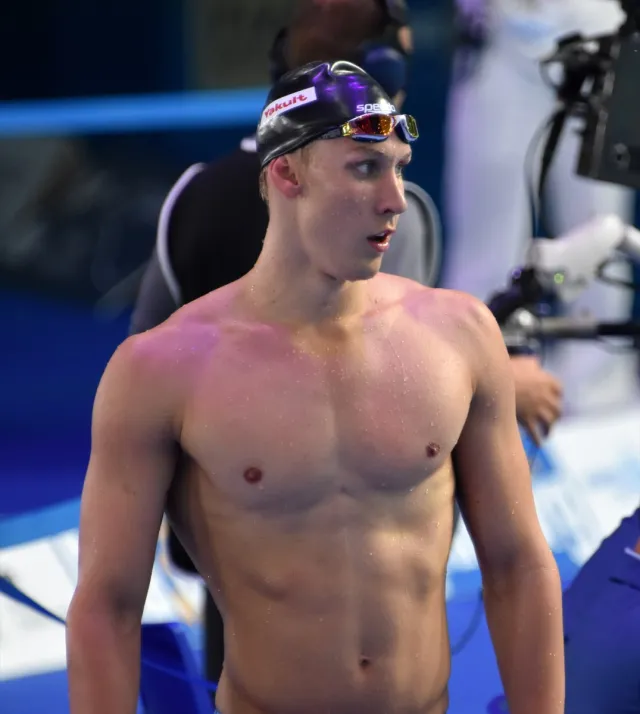
Chase Kalisz, 29, has been athletic his whole life. “I pretty much played every sport up until high school: soccer, basketball, lacrosse, swimming,” he says. “I was terrible at soccer, pretty good at lacrosse, basketball I never really focused on, I don’t know why — my dad played basketball in college — but basketball just never really did it for me. Swimming was always my year-round sport and the other ones were more seasonal. I enjoyed playing the other sports and I definitely enjoyed the practices of the other sports more than swimming.”
Jenny Thompson
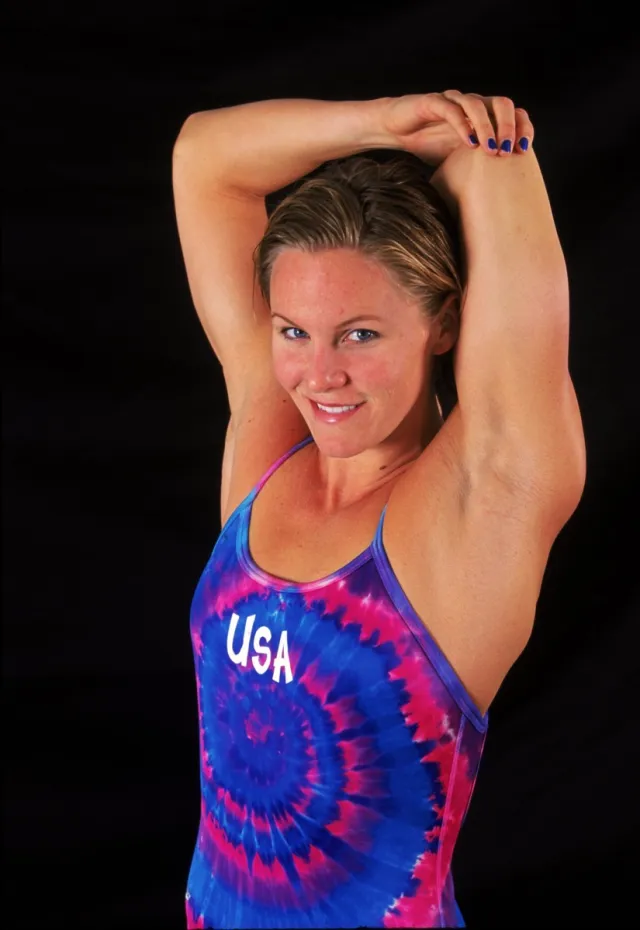
Jenny Thompson, 50, is a swimming veteran at this point and now works as an anesthesiologist. She still keeps all her medals on display at home. “I liked the challenge of seeing what I could change in my practice, or my training or my diet – all the things that go into peak performance,” she says. “Also, I really enjoy traveling the world, so that was a big motivator for me.”
Ryan Murphy
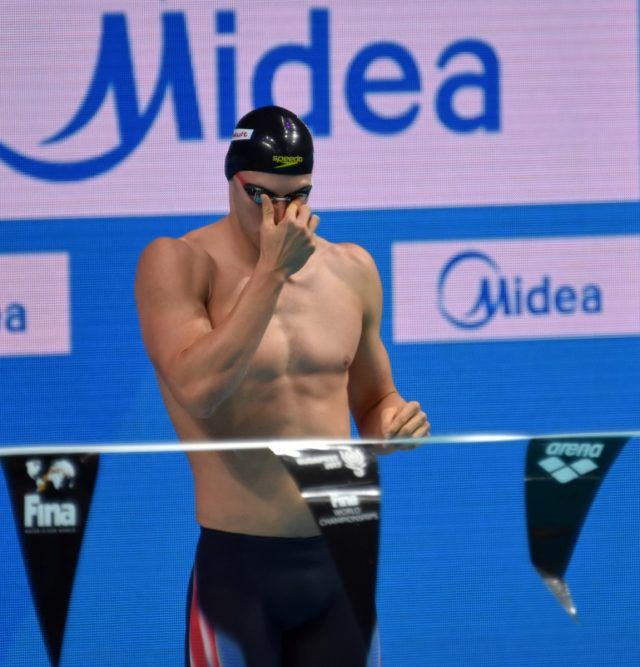
Ryan Murphy, 28, knows athletic prowess is created in the kitchen. “On days I do doubles, I’ll wake up at like 5:20 am,” he says. “I’ll have a PowerBar and a banana before practice. After practice, I’ll come back or go to the dining hall and have some eggs, spinach, some fruit, usually some oatmeal, maybe some Greek yogurt with granola and fruit. And if I was pretty hungry, or I felt like I didn’t have enough fat in my diet for the day, I’d put in some almond butter. I scoff that down right after practice, just to make sure I’m immediately getting nutrients… Eating right was huge for me this past year, probably the first year that I really took diet seriously.”
Emma McKeon
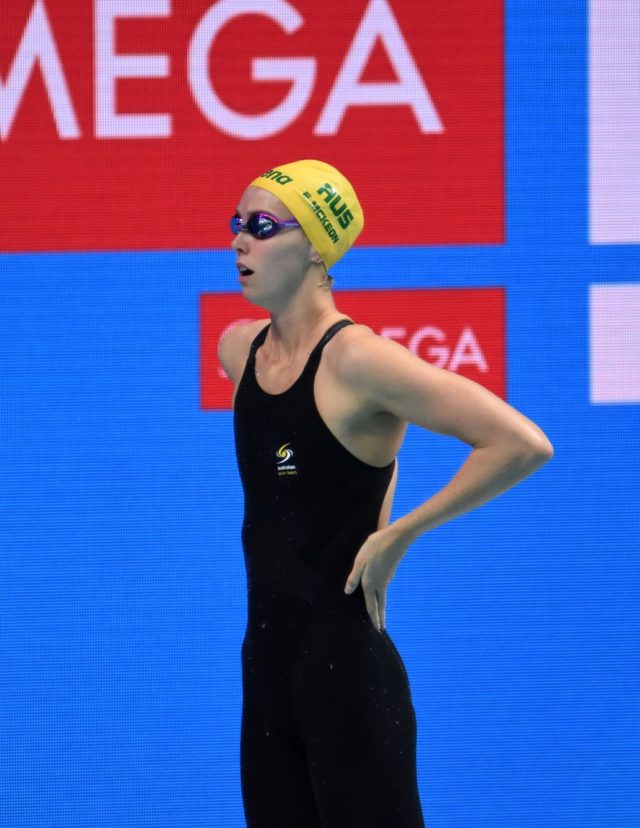
Emma McKeon, 29, has learned how to fuel her body for optimum performance. “If it was a Monday or a Friday, I’d be doing a one-hour gym session to work on my strength, so that when I get in the pool I can move through the water better and faster,” she says. “At times I used to just eat whatever I wanted, even when training, and I would end up being exhausted and not have enough energy to get through training sessions. So I have learnt what foods I need to eat and how much I need to eat to fuel my body, and learnt which foods to choose instead of filling up on things that aren’t going to fuel me for intense training.”
Ryan Lochte

Ryan Lochte, 39, ate up to 10,000 calories a day at the height of his training. “When I’m training, on a given day it’s probably six to seven hours a day of training,” he said. “Four or five of it is usually in the swimming pool, and the rest is in the weight room or on dry land — whether I’m doing cardio or core work.”
Missy Franklin
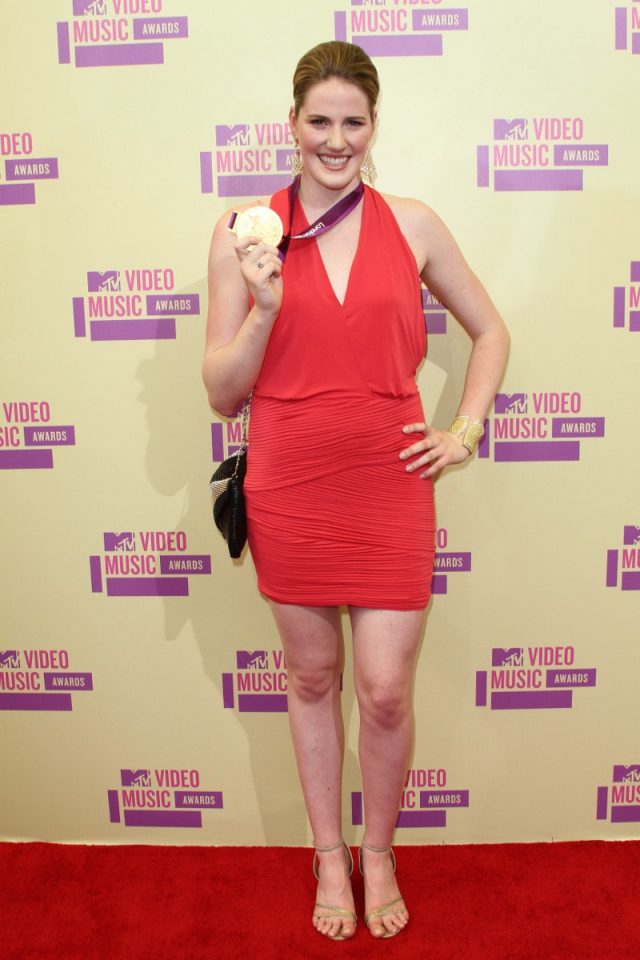
Missy Franklin, 28, trains several times a day. “I’m normally up around 6:30,” she says. “I like to get up before a morning workout and give myself time to wake up because I feel like that just really benefits my workout. So I’ll wake up, watch the Today show, watch the news, have a good breakfast. Then we swim from 8 to 10 A.M., lift weights from 11 A.M. to noon, and then I’ll try and get a nap in. I feel like it’s so important to get rest in between workouts. It’s not just about waiting until the end of the day and getting it all at night.” She then has another practice at 4pm.
Adam Peaty
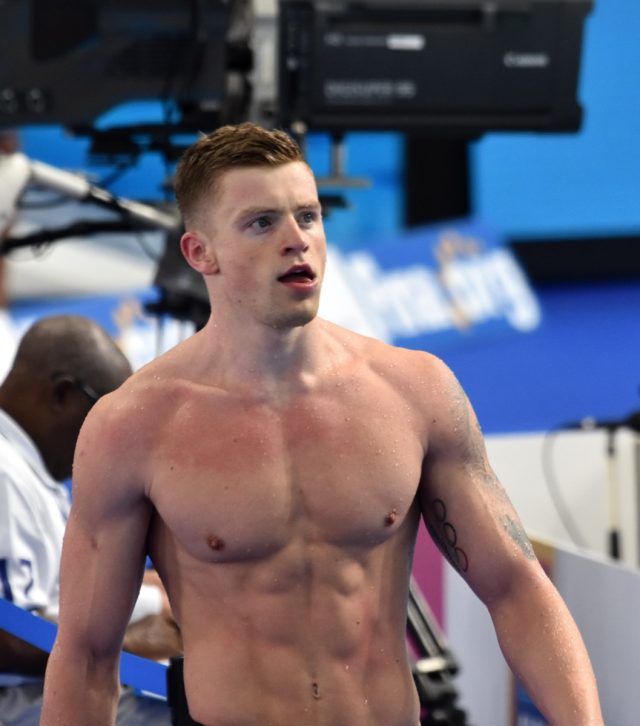
Adam Peaty, 28, likes to cook his own healthy meals. “I always eat before 7pm during training and cook myself whole grain rice, seaweed, salmon and prawns,” he says. “I cook loads of vegetables to have with it like asparagus and broccoli. If I haven’t had an avocado for lunch I normally have it for my dinner instead.”
Ariarne Titmus
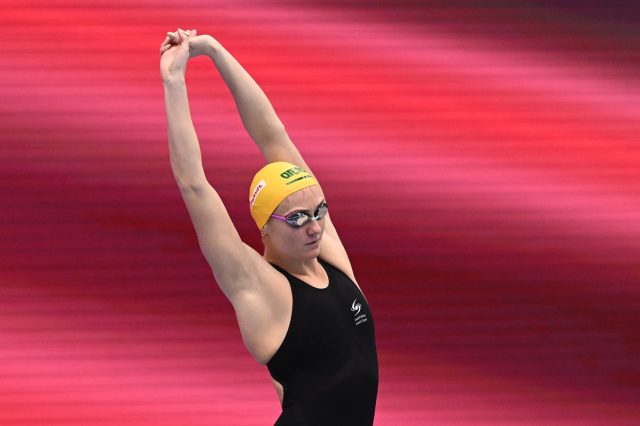
Ariarne Titmus, 22, enjoys a gluten-free diet. “I do 3 weights sessions a week, and a couple of spin bike and core exercises almost every day,” she says. “Not only does this stuff complement my swimming, but it’s good for my mind too… On race day, I’m not superstitious about what I eat, I just try to get a good fuel source into me. Usually, I have a fried rice or pasta meal the night before, and I try to avoid meat as I feel it sits heavy in my tummy.”
Michael Andrew
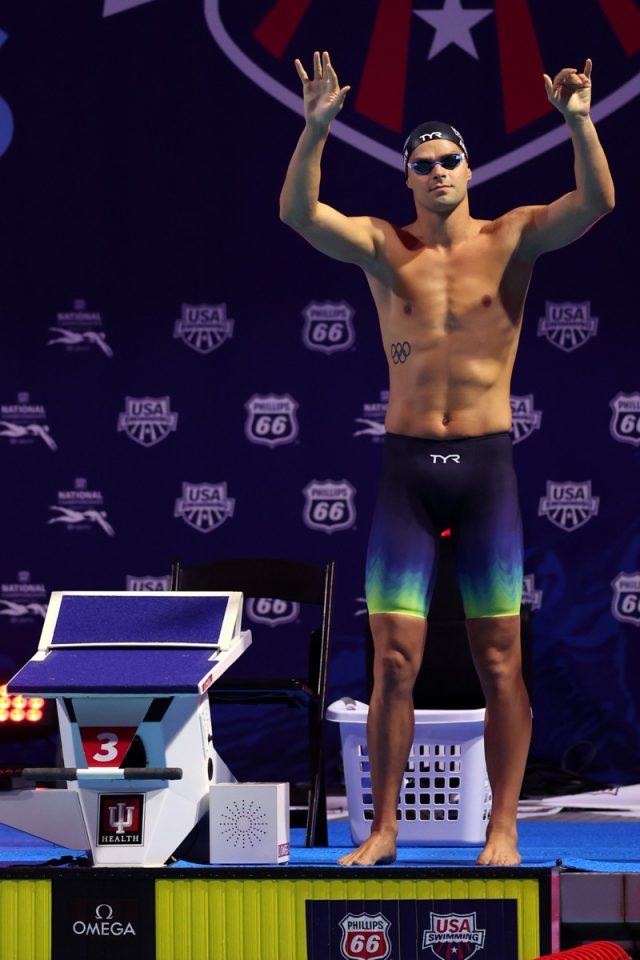
Michael Andrew, 24, thrives following a low-carb diet. “I used to follow a ‘see food’ diet – if I see food, I eat it,” he says. “But you will see a decline in your performance if you don’t pay attention to how you’re fueling. What you eat really affects everything. I remember when I was younger, I was just trying to get through tough workouts and I would always just physically feel dead. If you aren’t properly fueling and refueling your body, all the work you’re doing is for nothing.”
Janet Evans
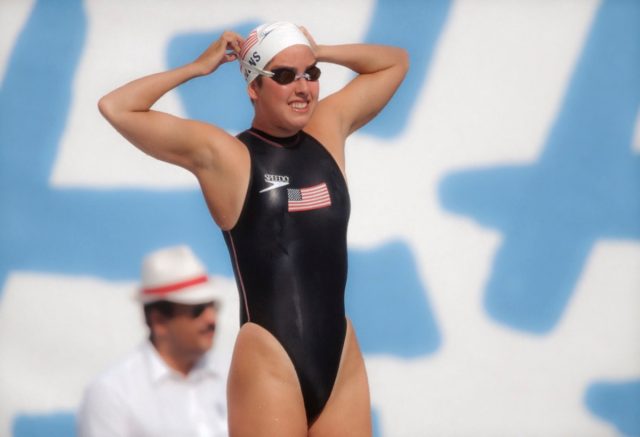
Janet Evans, 51, is all about working on her abs. “As an Olympian in swimming, our abs and our core are really important to us, so an ab core workout is something I always do at the end of every workout,” she says. “But I find that there are some things I traditionally cannot get. I can’t get my obliques really well, I can’t get my upper abs, I can’t get my lower abdominals, so what I find with the Flex Belt is that it really helps me get things that I might not get by getting down on the ground and doing traditional crunches and sit ups.”
Dara Torres
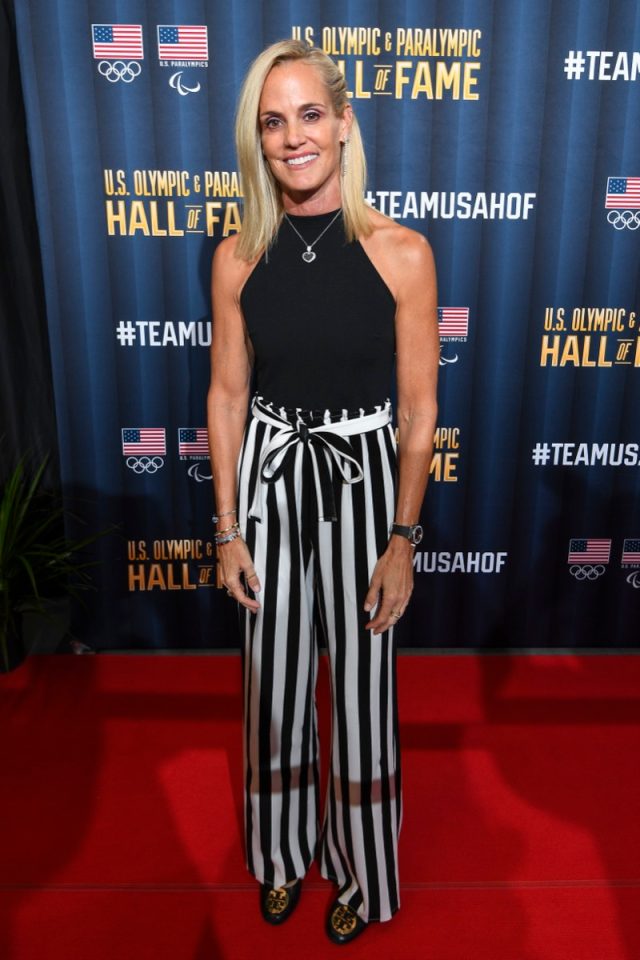
Dara Torres, 56, trains once a day these days. “I only train in the mornings, I don’t train in the afternoons, so after I’m done training, I actually have chocolate milk,” she says. “It helps your recovery, believe it or not, and at my age, you definitely need recovery, so I drink those organic little chocolate milks; and then I also have one other thing called Fitness Nutrition Amino Acids. It really helps to build muscle and strength and it helps recovery. So when I have those things, I’m pretty much set.”
Inge de Bruijn
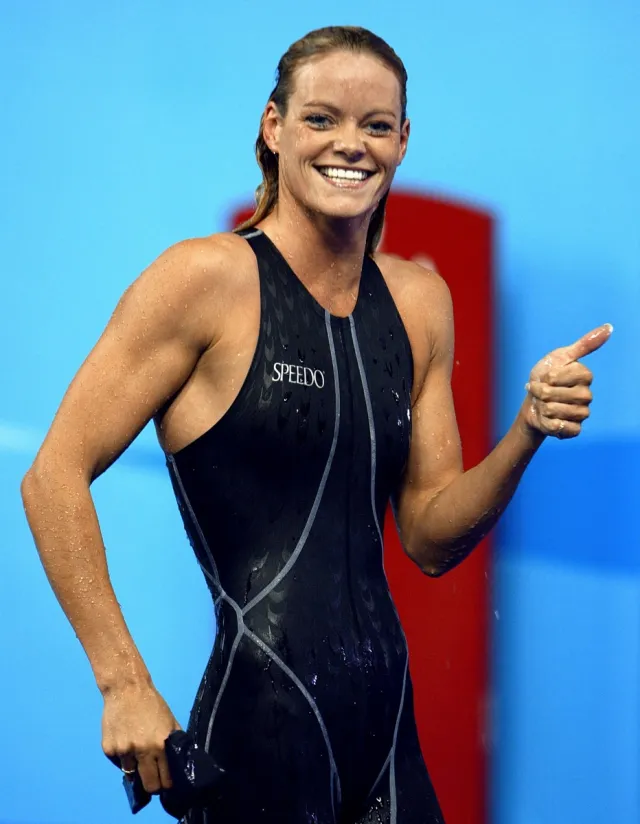
Inge de Bruijn, 49, is still active years after retirement. “I’m blessed to say that I’ve never had an injury in my swimming career, ever,” she says. “You have to take care of your body. You have to sleep well and eat right. You have to rest, take massages, do what’s best for you, and don’t let anything take away your energy.”
Allison Schmitt

Allison Schmitt, 33, overhauled her training philosophy for a more holistic approach. “This last year, I really focused on every little thing – every little detail – rather than just going to the pool, practicing, doing weights, going to my room and that’s it,” she said before the 2012 Olympics. “I was working on nutrition, getting enough sleep, concentrating. It really helped me get to the next level, and when I got to trials, I didn’t feel like I was at trials. I felt like I was just at another swim meet.”
Ian Thorpe
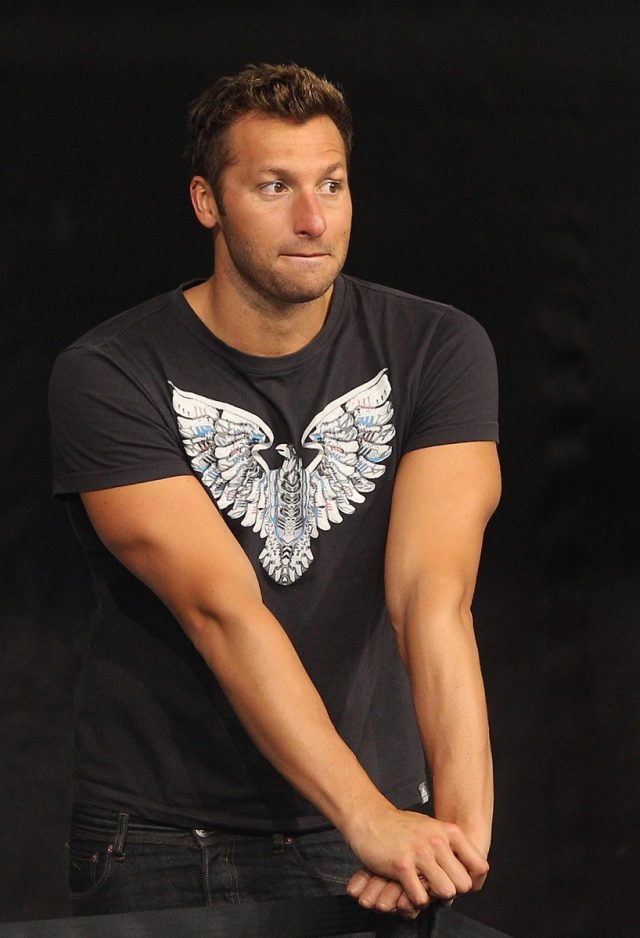
Ian Thorpe, 40, hits the gym at least four times a week. “In terms of healthy eating, enjoying your food should be the first rule – so make sure you do, because then you value what you’re consuming,” she says. “I cook at home as often as I can, and if I have time, I love preparing [my meals for the week] all day on a Sunday. This is so my easiest option is always to do something at home – and even if it’s a frozen meal, it’ll still be better than going out to a restaurant or getting a takeaway.”
Libby Trickett
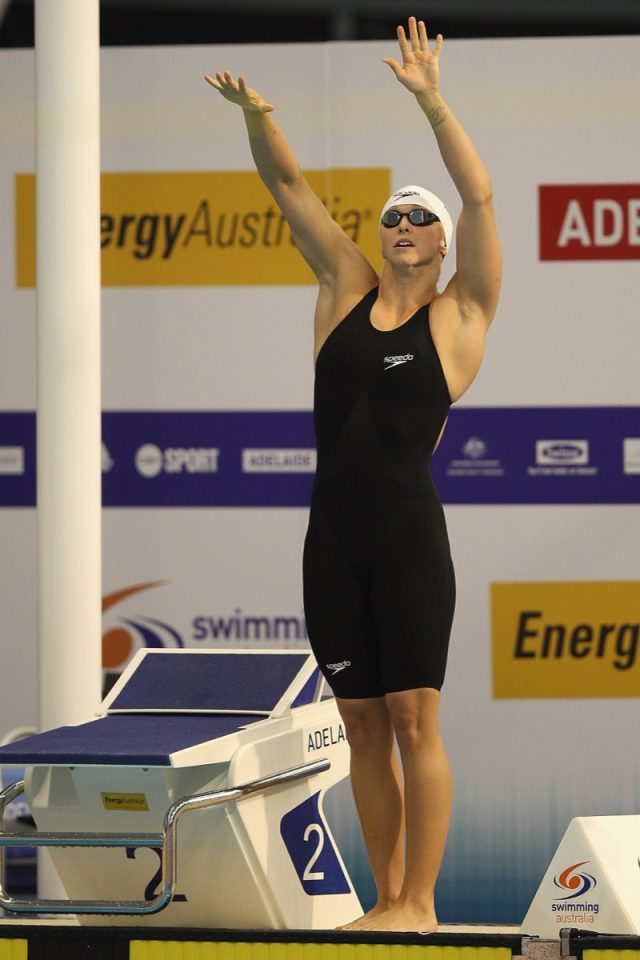
Libby Trickett, 38, eats plenty of healthy carbohydrates. “[Fruits and vegetables are] really important for vitamins, minerals and fiber, and fruits in particular are a great food to snack on in between training sessions to satisfy sugar cravings and hunger pangs,” she says. “It’s important for me to have a lot of protein and carbs with regards to training and recovery. But it’s also important not to have too many and that’s a little trial and error.”
Cate Campbell
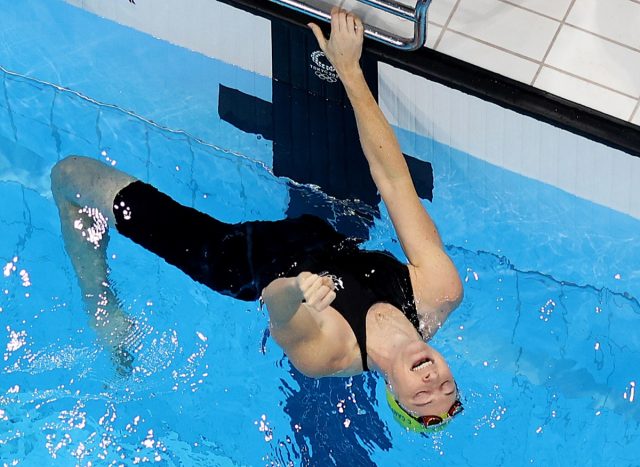
Cate Campbell, 31, mixes up her workouts. “To complement my training schedule (which includes nine swim sessions, three gym sessions and two spin bike sessions) I have a weekly massage and physio session,” she says. “I also do Pilates once or twice a week, and I swear by it. I really enjoy having an ice bath after the gym (and when I say really enjoy, I mean: I like the fact that an ice bath reduces my muscle soreness the next day…I do not enjoy getting in the actual ice bath!).”
Jason Lezak
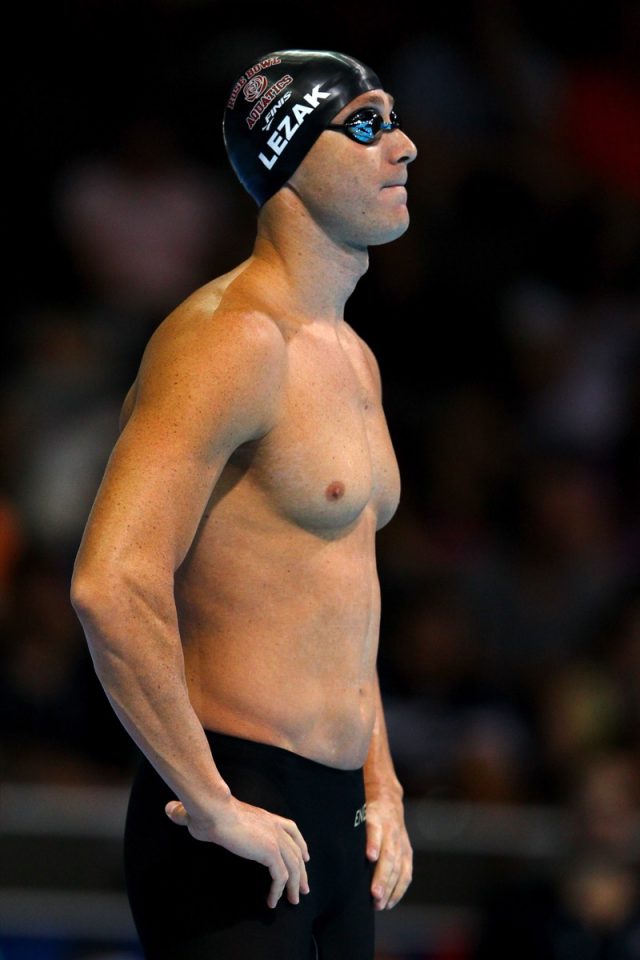
Jason Lezak, 47, is still much into a good training regimen. “I’m back into the full-time routine as far as training goes,” he says. “I swim 5 times a week for about 2 hours, I lift 3 times a week for about an hour and I do some cardio about 3 times a week for about half an hour. I don’t really count calories. I do eat a lot. I eat about 5 times per day. Not all meals are huge meals. I eat before and after workouts. I have a snack before workout, I’ll eat dinner after and then maybe a snack before bed.”




